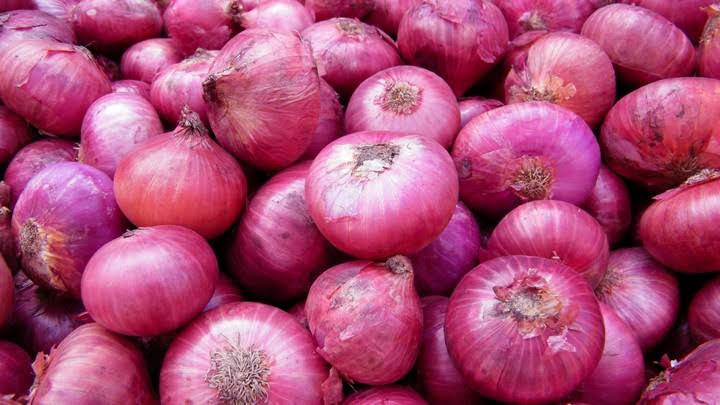India to try to lift onion export ban

India has assured Bangladesh that it would try to lift the ban on the export of onions after the Maharashtra assembly elections, which took place on October 21.
Bangladesh Commerce Minister Tipu Munshi said in Guwahati on Tuesday that he had spoken to Indian Commerce and Industry Minister Piyush Goyal on the issue.
“He assured me that India will try to lift the ban after the Maharashtra assembly elections. We are waiting for that,” he said, while addressing the India-Bangladesh Stakeholders’ Meet in the largest city of Assam.
On September 13, India set the minimum export price of onion at $850 a tonne to curb its shipments and help bring down soaring prices in the domestic market. Two weeks later, it announced a ban on export of onions with immediate effect, after extended Monsoon downpours delayed harvests and supplies shriveled.
Imported onions were selling at Tk 90 to Tk 100 a kg at kitchen markets in Dhaka city yesterday, data from state-run Trading Corporation of Bangladesh showed. It was Tk 45-55 a kg in the middle of September.
Munshi urged the Indian government to take a humanitarian look into the issue as people in Bangladesh are impacted due to high prices of the key cooking ingredient and sought lifting of the ban at the earliest.
“We are short of six lakh tonnes of onion. Out of this, 80 percent comes from India. After the ban on the onion export from India, prices have gone up drastically and people are asking when it will come down.”
The result of the assembly elections in Maharashtra, the largest producer of onion in India and home to Asia’s largest wholesale market at Lasalgaon, was scheduled to be announced yesterday.
Munshi said most of the countries in South Asia depend on India for food security and for the imports of essential commodities from the country.
“We understand that Indian authorities are well aware of this and always analyse this from a humanitarian perspective,” he said.
India is the second largest trading partner of Bangladesh after China, and bilateral trade between them has registered an impressive growth in recent years.
Two-way trade increased from $5.08 billion in fiscal year 2010-11 to $8.9 billion in 2018-19, according to the Bangladeshi commerce minister. Bangladesh’s export to India, however, is only $1.25 billion, he added.
He said Bangladesh is yet to fully utilise the duty-free market access for most of the products under the South Asian Free Trade Area and it needs to expeditiously resolve non-tariff barriers.
“We strongly believe that proactive actions will help expand our bilateral trade with India, particularly with Northeast India.”
“The regulatory barriers are now serious concerns for all of us. Despite high-level political commitment, we are far behind in removing regulatory barriers.”
Munshi said in many cases, the barriers are growing and unpredictable and non-transparent regulatory barriers are the major hindrance facing trade facilitation in the regions.
“I believe that this stakeholders meeting will look into these issues and provide pragmatic solutions so that these could be immediately implemented for a win-win benefit,” he said.
The minister said Bangladesh and Northeast India can benefit from improved physical connectivity and people-to-people contact. Hence, it is important to invest in upgrading and expanding road and rail network with Northeast India.
Bangladesh and India have recently signed the standard operating procedure on the use of Chattogram and Mongla ports. “And this may be considered as a significant step for ensuring multi-modal connectivity with Northeast India,” Munshi said.
“Better connectivity will enhance consumers’ welfare through access to goods at a competitive price, the profit of firms through access to cheaper inputs, and the opportunities of exporters of finished goods to a new market.”
